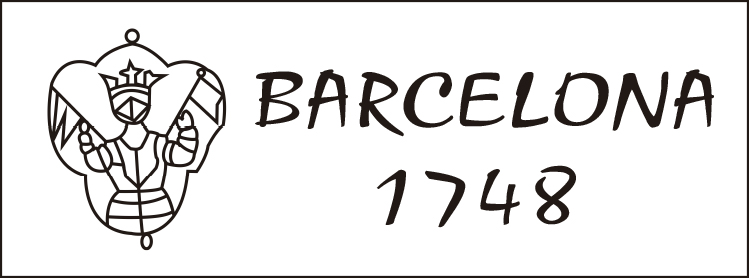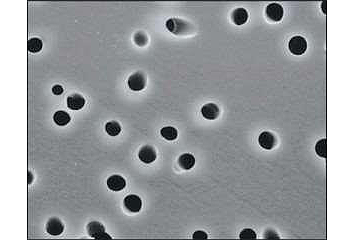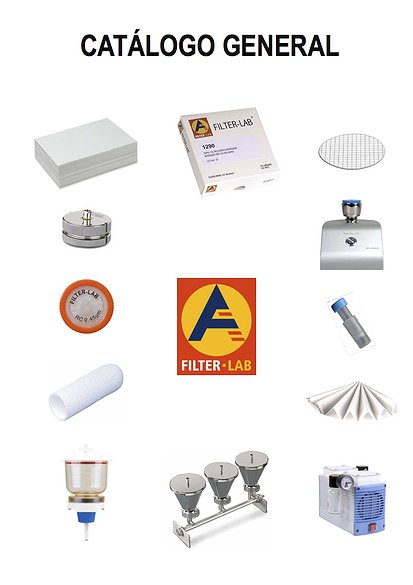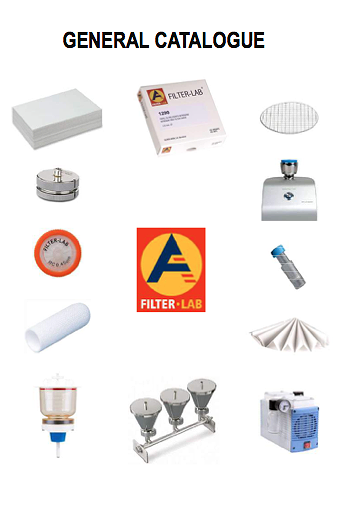Polycarbonate is a material with an almost perfect structure. The fabrication process is started with the production of polycarbonate film, next, the surface of the membrane is bombarded with electron beams, whereby the pores are exactly circular.
Membrane is a hydrophilic nature and therefore it is advisable to use with aqueous and biological samples.
It comes in various pores between 0.1 microns and 20.0 microns, and at 13, 25 and 47 mm in diameter.
Bubble point with water (minimum value)
0.1 µm 94 psi
0.2 µm 57 psi
0.4 µm 32 psi
0.8 µm 17 psi
2.0 µm 8 psi
3.0 µm 6 psi
5.0 µm 3.5 psi
8.0 µm 2.0 psi
12.0 µm 1.0 psi
14.0 µm 1.0 psi
20.0 µm 1.0 psi
Flow rate with water (ml/min/cm2) ∆p= 10 psi
0.1 µm 2.5
0.2 µm 10
0.4 µm 33
0.8 µm 60
2.0 µm 300
3.0 µm 440
5.0 µm 700
8.0 µm 1000
12.0 µm 1250
14.0 µm 1400
20.0 µm -
Flow rate with air (ml/min/cm2) ∆p= 10 psi
0.1 µm 1.5
0.2 µm 3
0.4 µm 7.5
0.8 µm 18
2.0 µm 16.5
3.0 µm 75
5.0 µm 60
8.0 µm 60
12.0 µm 127
14.0 µm 127
20.0 µm -
Thickness: 0.060 – 0.100 mm
Pore size: < 15%
Membrane material: Polycarbonate
Diameters: 13, 25 and 47 mm.
Maximum temperature in use ≤ 140ºC
Extractables with water: very low
Chemical compatibility: 4– 8 pH
Reaction to water: hydrophilic
Sterilization: by autoclave at 121ºC






